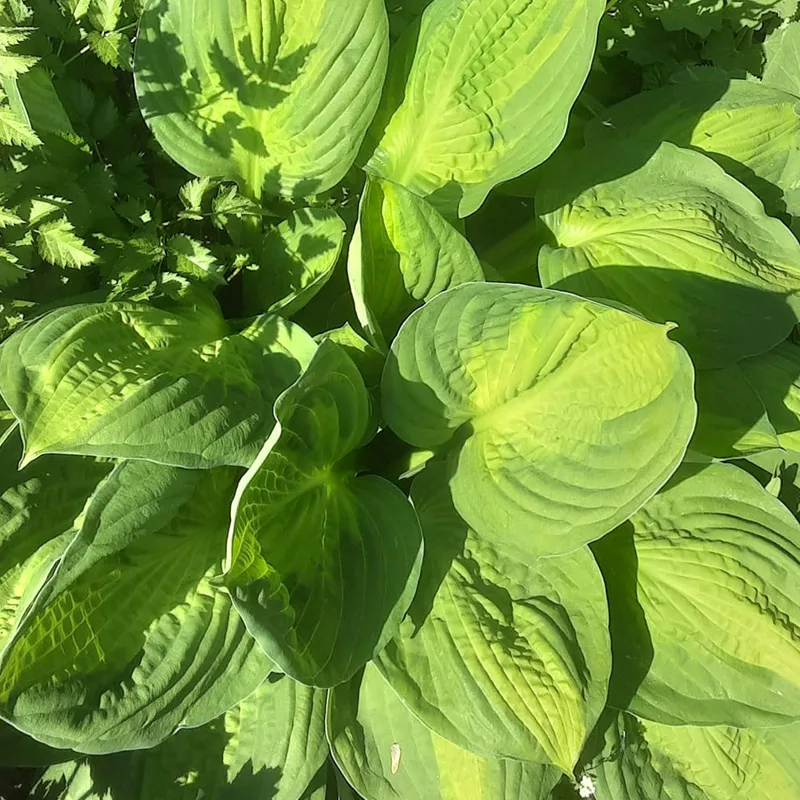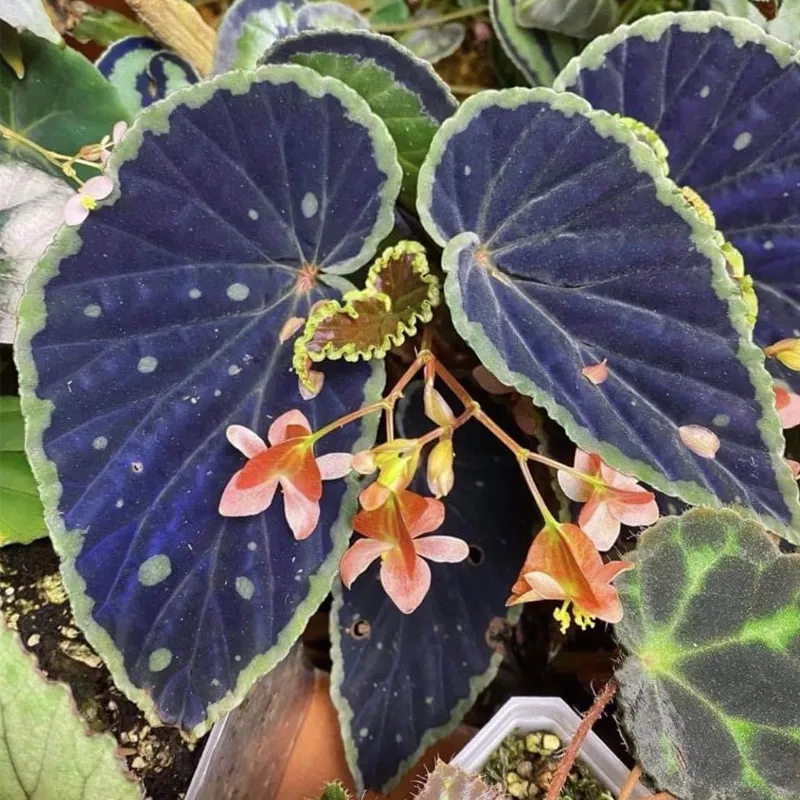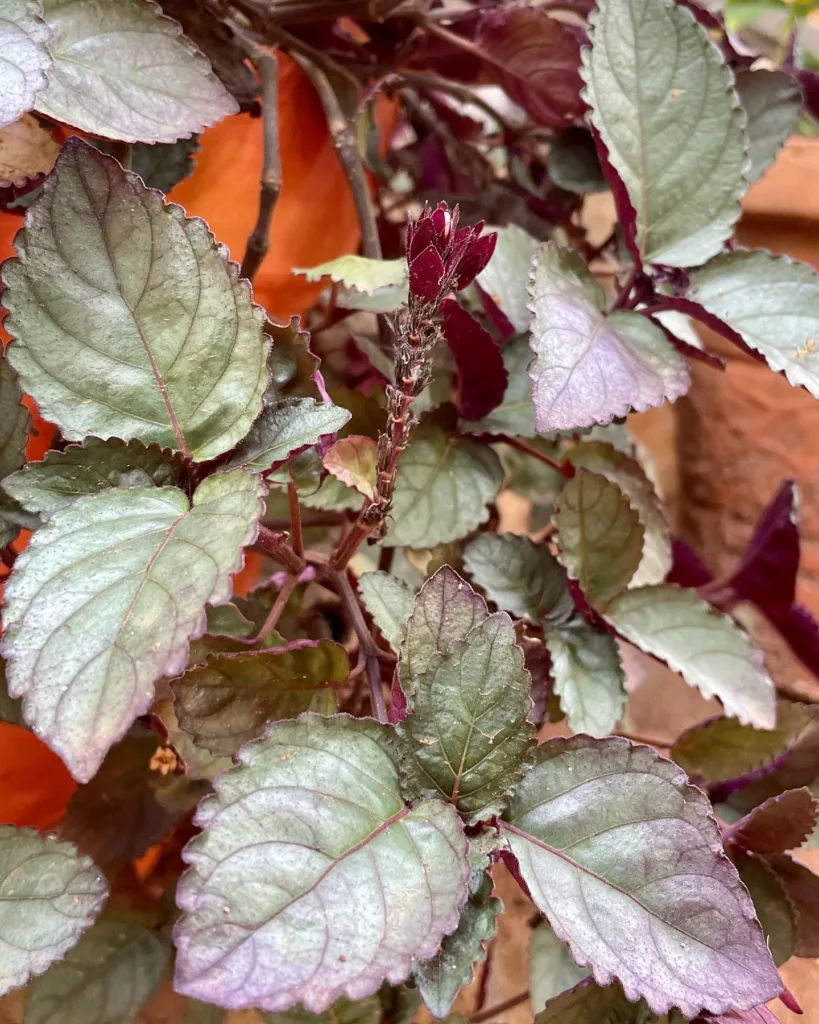
What is Pinus Eldarica?
Pinus Eldarica, also known as the Afghan Pine or Mondell Pine, is a popular tree species used for landscaping and windbreaks in arid regions. This evergreen conifer is known for its adaptability to harsh environments, making it a favorite choice in desert-like climates. It can grow up to 80 feet tall with a broad, conical shape and is valued for its dense, dark green needles that provide year-round greenery.
139 Species in Genus Pinus
Is Pinus Eldarica Native to California?
No, Pinus Eldarica is not native to California. It originates from regions like Afghanistan, Iran, and Russia. However, it thrives in the arid and semi-arid climates found in parts of California, especially in areas with low rainfall and hot summers. The tree has become a popular choice in the state due to its drought tolerance and ability to thrive in tough environmental conditions, which makes it a suitable alternative to native pines in dry regions.
Pinus Eldarica vs. Pinus Brutia: What’s the Difference?
When comparing Pinus Eldarica to Pinus Brutia, also known as the Turkish Pine, a few key differences come to mind. Pinus Eldarica is better suited for arid climates, such as desert regions, and tends to have a more conical shape. Pinus Brutia, on the other hand, is native to the Mediterranean and is more suited to areas with slightly more rainfall and humidity.
In terms of growth rate, Pinus Eldarica is fast-growing, often reaching heights of up to 40 feet in just 10 years. Pinus Brutia has a more moderate growth rate but can still reach comparable heights over time. Pinus Eldarica’s ability to thrive in extreme heat and drought conditions sets it apart from Pinus Brutia, which prefers a slightly more temperate climate.
How to Care for Pinus Eldarica?
Caring for Pinus Eldarica is relatively simple, making it an excellent choice for low-maintenance landscaping. The tree prefers full sunlight and well-drained soil. It is highly drought-tolerant once established, though young trees will benefit from regular watering during the first couple of years to help them establish strong roots.
To ensure healthy growth, prune dead or damaged branches annually, and consider mulching around the base to conserve moisture and protect the roots. Fertilization is generally unnecessary, but if the soil is poor, applying a slow-release, balanced fertilizer in early spring can support growth.
How to Propagate Pinus Eldarica?
Propagation of Pinus Eldarica is typically done through seeds. Collect the cones when they mature, usually in late summer or early fall, and extract the seeds. After a cold stratification period of a few months, the seeds can be sown in a well-drained seed mix and kept in a sunny location. Germination can take several weeks, but once seedlings emerge, they can be transplanted outdoors after a couple of years of growth.
Can You Grow Pinus Eldarica Indoors?
No, growing Pinus Eldarica indoors is not practical due to its size and space requirements. This tree can reach heights of up to 80 feet, making it unsuitable for indoor cultivation. It thrives outdoors, where it has room to spread its roots and branches. However, for those looking for a smaller pine species for indoor use, options like Dwarf Alberta Spruce may be more appropriate.
Is Pinus Eldarica Toxic?
Pinus Eldarica is not considered toxic to humans, pets, or livestock. However, like many coniferous trees, its sap and needles can cause minor skin irritation for some people. It’s always a good idea to wear gloves when handling the tree to avoid contact with its sticky resin.
What Are the Benefits of Pinus Eldarica?
The benefits of planting Pinus Eldarica are numerous. Its fast growth and dense foliage make it an excellent choice for windbreaks and privacy screens. The tree is highly drought-tolerant, making it a valuable asset in xeriscaping or water-conserving landscapes. It also provides year-round greenery, which can add visual appeal to a garden or landscape, even during the winter months.
Additionally, Pinus Eldarica helps combat soil erosion due to its deep root system. It also supports wildlife by providing shelter and food for birds and small mammals.
Common Problems with Pinus Eldarica
Pinus Eldarica is relatively hardy, but it can face some issues, especially in regions with high humidity. One common problem is needle blight, a fungal disease that causes the needles to turn brown and drop prematurely. To prevent this, ensure proper spacing between trees to allow for good air circulation and avoid overwatering.
Another issue can be pine bark beetles, which can bore into the trunk and cause damage. Monitoring your tree regularly for signs of beetle infestation, such as small holes in the bark or sawdust-like residue, is crucial.
What to Plant with Pinus Eldarica?
When planning a landscape around Pinus Eldarica, it’s important to consider plants that share similar soil and light requirements. Drought-tolerant plants such as lavender, sage, and agave are great companions, as they thrive in similar conditions. You could also pair it with other heat-tolerant trees or shrubs like mesquite or oleander for a cohesive desert garden aesthetic.
Pinus Eldarica: A Hardy and Versatile Tree
In conclusion, Pinus Eldarica is a versatile and hardy tree ideal for arid and semi-arid regions like parts of California. Its adaptability to extreme heat, low water needs, and fast growth make it a valuable addition to any landscape in need of year-round greenery and wind protection. While it’s not native to California, its resilience and ease of care have made it a popular choice for homeowners and landscapers alike.
If i die, water my plants!



